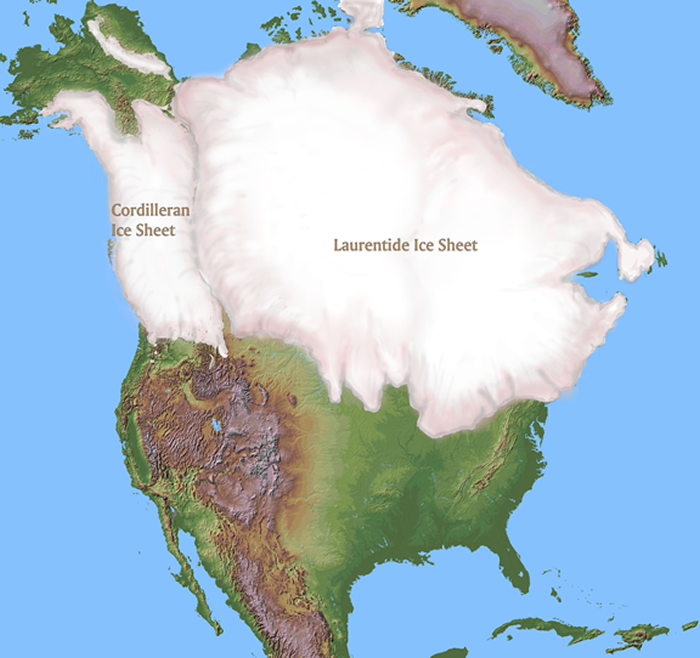It's good to hear someone on your side of the argument admit that its possible for humans to affect the Earth's climate. A population of 8 or 9 billion people, burning fossil fuels to run their millions of cars and to power their world are having a far greater and completely different impact on the climate than a few tens of thousands of nomadic hunters spearing wooly mammoths.
The human race's ideal climate is the climate in which we evolved and one which will allow us to continue to prosper without requiring massive changes. It's entirely possible that soybeans might grow 5% better were CO2 levels to rise to 1,000 ppm, but that improvement is not worth the impacts that change will bring to drinking water supplies, failures of crops in marginal environs, damage from weather extremes, seasonal timing changes and rising sea levels.
The human race's ideal climate is the climate in which we evolved and one which will allow us to continue to prosper without requiring massive changes. It's entirely possible that soybeans might grow 5% better were CO2 levels to rise to 1,000 ppm, but that improvement is not worth the impacts that change will bring to drinking water supplies, failures of crops in marginal environs, damage from weather extremes, seasonal timing changes and rising sea levels.

